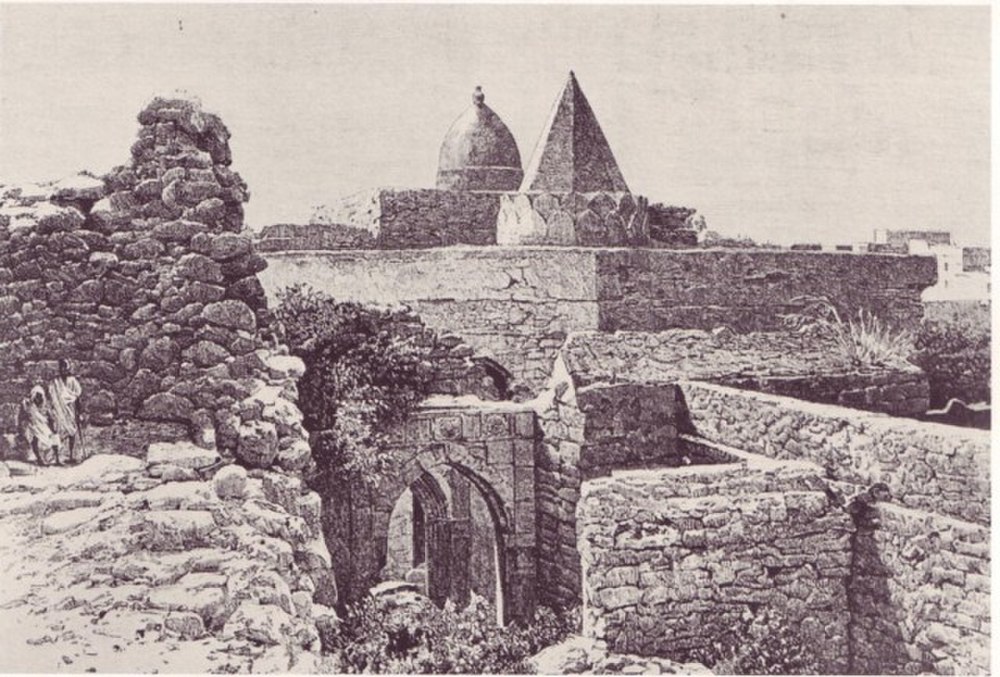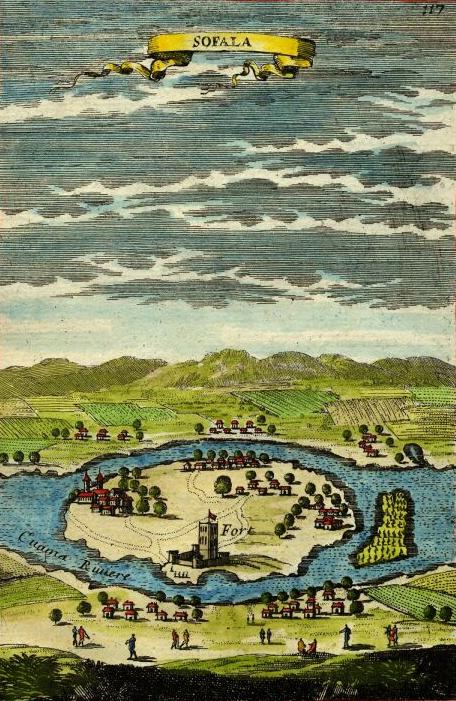The Sultanate of Mogadishu was an important trading center in Somalia for several hundred years between the 9th and 13th century although many historians believe that it existed all the way until the 16th century. Based on the facts that have been confirmed, however, Mogadishu became part of the Ajuran Empire during the 1300s.
According to other historical sources, Mogadishu later served as the capital of the new Empire because it had become the leading Islamic center in the Horn of Africa. Even today, Mogadishu remains the capital of modern-day Somalia and a metropolis with millions of citizens.
Sultanate of Mogadishu – Pre-history and Establishment
Similarly to most pre-colonial African Kingdoms and states, the history of the Sultanate that has reached modern days is brief and short. The region of Somalia is one of the oldest inhabited areas in the world with signs of life from tenths of thousands of years. Unlike most cases in African history, the Sultanate of Mogadishu was founded peacefully without any warfare and conquests, or at least, this is the history that we know of today.
Mogadishu back then was nothing more than a small trading outpost in Somaliland. The growth and economic progress were caused by the widespread migration of Persians and Arabs during the 9th century. In a short period of time, most of the natives had turned their attention towards Islam and converted to the new religion.
At some point around the end of the century or the beginning of the next, an Arab named Fakr ad-Din built the first mosque in Somalia and established the new Sultanate of Mogadishu.
The Fakr ad-Din Mosque

There are several versions of the story of the oldest mosque in Somalia founded by Fakr ad-Din and logically, named after him. Some claim that it was built in the 9th century which is the theory we support but others claim that it wasn’t built until the very end of the 10th century which would mean that the establishment of the Sultanate began a century later.
Others claim that the mosque was built in the 13th century and was later named after the first ruler of the Sultanate – Fakr ad-Din. Whatever the truth may be, the mosque was a sacred place in medieval times and it remains today in modern-day Mogadishu.
Golden Age of the Sultanate

Unfortunately, there is no way to tell exactly when the Golden Age began for Mogadishu with the current historical data at hand. We know, however, that the Sultanate was already the leading trading empire in the Horn of Africa in the 12th century. Thanks to several medieval travelers and geographers who mentioned the Sultanate in their journals, we at least get a slight idea of the overall picture.
Based on their writings, Mogadishu had become a metropolis and the most important Islamic center in the region. It was known for its expensive markets and high-quality products. If you wanted livestock, slaves, ivory, or leather during this period, you would go to Mogadishu. Moreover, Mogadishu had established its own colonies in Mozambique which was a land rich with gold sources. You can imagine how rich they were with a free endless source of gold.
The Mogadishu Currency
With an abundance of gold and riches, it is only logical that a country would mint its own currency. Even more, when the country is the most important trading center in an enormous region in the ancient world. And so, the Sultanate of Mogadishu established its own currency which further confirms their status in the region and would have given them absolute independency.
It is curious, however, that historians do not agree on this bit of history either. Some sources claim that the new currency was minted all the way back in the 10th century or somewhere around the beginning of the new trade empire. Based on the fact that the Sultanate ceased to exist around the late 13th – early 14th century, it would be highly unlikely that they established their currency at the end of the existence of the country.
Even so, we know that the early Ajuran Empire initially used the old coins from the Mogadishu currency and later integrated them into their own Ajuran currency. Unfortunately, the exact origin of the Mogadishu currency is yet to be confirmed. Archeologists have found coins that date back to the 12th and 13th centuries. Others claim, however, that more all the way back from the 9th century debunk this theory and confirm that the currency was originally minted during the rise of the Sultanate.



